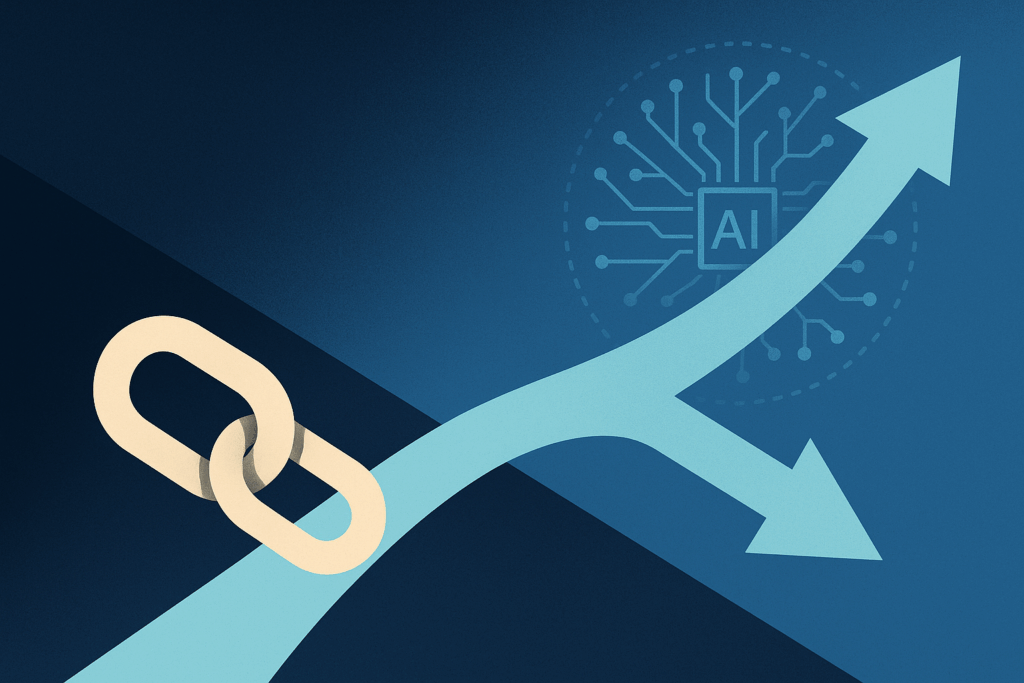Having spent the last 20+ years in cybersecurity, helping scale cybersecurity companies, I’ve watched attacker methods evolve in creative ways. But Kevin Mandia’s prediction about AI-powered cyberattacks within a year isn’t just forward-looking, the data shows we’re already there.
The Numbers Don’t Lie
Last week, Kaspersky released statistics from 2024: over 3 billion malware attacks globally, with defenders detecting an average of 467,000 malicious files daily. Trojan detections jumped 33% year-over-year, mobile financial threats doubled, and here’s the kicker, 45% of passwords can be cracked in under a minute.
But volume isn’t the whole story. The nature of threats is fundamentally shifting as AI becomes weaponized.
It’s Already Happening. Here’s the Proof
Microsoft and OpenAI confirmed what many of us suspected – nation-state actors are already using AI for cyberattacks. We’re talking about the big players: Russia’s Fancy Bear using LLMs for intelligence gathering on satellite communications and radar technologies. Chinese groups like Charcoal Typhoon generate social engineering content in multiple languages and perform advanced post-compromise activities. Iran’s Crimson Sandstorm crafting phishing emails, while North Korea’s Emerald Sleet research vulnerabilities and nuclear program experts.
What’s more concerning? Kaspersky researchers are now finding malicious AI models hosted on public repositories. Cybercriminals are using AI to create phishing content, develop malware, and launch deepfake-based social engineering attacks. Researchers are seeing LLM-native vulnerabilities, AI supply chain attacks, and what researchers call “shadow AI” – unauthorized employee use of AI tools that leak sensitive data.
But This is Just the Beginning
What we’re seeing now is AI helping attackers scale operations and translate malicious code to new languages and architectures they weren’t previously proficient in. If a nation-state developed a truly novel use case, we might not detect it until it’s too late.
We’re heading toward autonomous cyber weapons purpose-built to move undetected within environments. These aren’t your typical script kiddie attacks, we’re talking about AI agents that can conduct reconnaissance, identify vulnerabilities, and execute attacks without any human-in-the-loop.
The challenge goes beyond just faster attacks. These autonomous systems can’t reliably distinguish between legitimate infrastructure and civilian targets, what security researchers call the “discrimination principle.” When an AI weapon targets a power grid, it can’t tell the difference between military communications and the hospital next door.
We Need Global Governance, Now
This calls for governance and global agreements similar to nuclear arms treaties. Right now, there’s essentially no international framework governing AI weaponization. We have three levels of autonomous weapon systems already in development: supervised systems with humans monitoring, semi-autonomous systems that engage pre-selected targets, and fully autonomous systems that select and engage targets independently.
The scary part? Many of these systems can be hijacked. There’s no such thing as an autonomous system that can’t be hacked, and the risk of non-state actors taking control through adversarial attacks is real.
Fighting Fire with Fire
There are a number of cybersecurity companies building new ways to defend against such attacks. Take AI SOC analysts from companies like Dropzone AI, who enable teams to achieve 100% alert investigations, addressing a huge gap in security operations today. Or companies like Natoma, who are building solutions to identify, monitor, secure, and govern AI agents in the enterprise.
The key is to fight fire with fire, or in this case, AI with AI.
Next-generation SOCs (Security Operations Centers) that combine AI automation with human expertise are needed to defend the current and future state of cyber-attacks. These systems can analyze attack patterns at machine speed, automatically correlate threats across multiple vectors, and respond to incidents faster than any human team could manage. They’re not replacing human analysts – they’re augmenting them with capabilities we desperately need.
The Stakes Couldn’t Be Higher
What makes this different from previous cyber evolutions is the potential for mass casualties. Autonomous cyber weapons targeting critical infrastructure, hospitals, power grids, and transportation systems could cause physical harm on an unprecedented scale. We’re not just talking about data breaches anymore; we’re talking about AI systems that could literally put lives at risk.
The window for preparation is closing fast. Mandia’s one-year timeline feels optimistic when you consider that criminal organizations are already experimenting with AI-enhanced attack tools using less controlled AI models, not the safety-focused ones from OpenAI or Anthropic.
The Bottom Line
Augmenting security teams with AI agents isn’t just the future, it’s now. AI won’t replace our nation’s defenders; it will be their 24/7 partners in defending organizations and our great nation. These systems can monitor threats around the clock, process massive amounts of threat intelligence, and respond to attacks in milliseconds.
But this partnership model only works if we start building it now. Every day we delay gives adversaries more time to develop autonomous offensive capabilities while our defenses remain largely human-dependent.
The question isn’t whether AI-powered cyber-attacks will come, it’s whether we’ll have AI-powered defenses ready when they do. The race is on, and frankly, we’re already behind.



